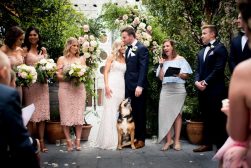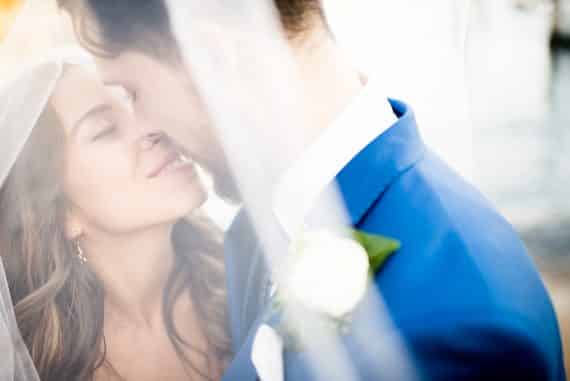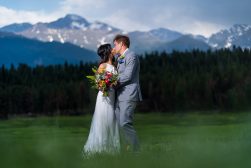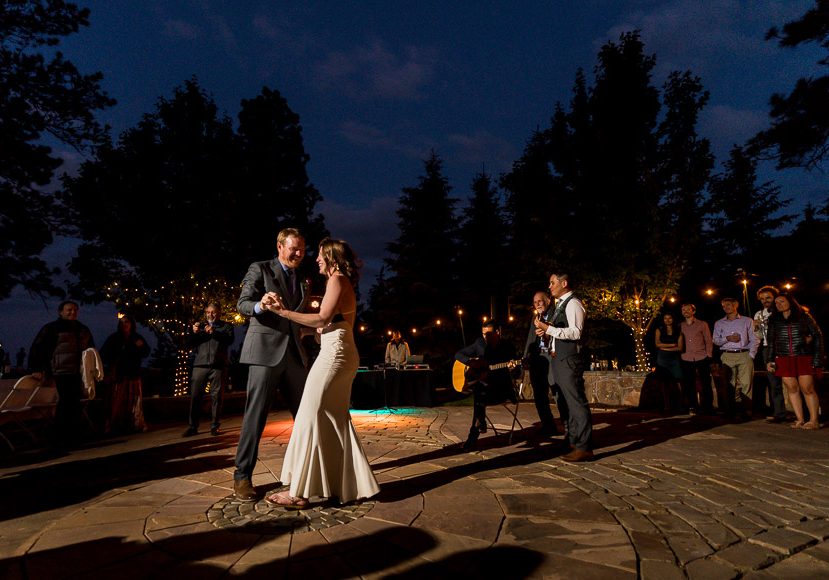
How to Take Photos of a Wedding Reception
From tricky lighting to action-packed scenes, here's how to handle photographing a wedding reception.
Let’s talk about how to take photos of wedding reception festivities, from speeches to dancing.
In some ways, the wedding reception is the easiest part of the day because it means you’ve survived the ceremony and the group portraits.
However, photographing a reception can be tricky because many fast-paced wedding events involve various lighting conditions.
With a little planning and knowledge of composition and light, you can be ready for each moment before it happens.
So, let’s dive into some wedding reception photography tips.
Wedding Reception Photography: 10 Tips
With wedding photography, there are plenty of fun events to attend and precious moments to capture.
Photographing the wedding reception can be tricky, however – so it helps to know what you’re getting into and how you’re going to handle it.
Successful wedding reception photography starts with planning ahead. That way, you can be ready in the moment to capture all the shots that are important to your bride and groom.
That brings us to my first tip…
1. Plan Ahead and Know What to Expect
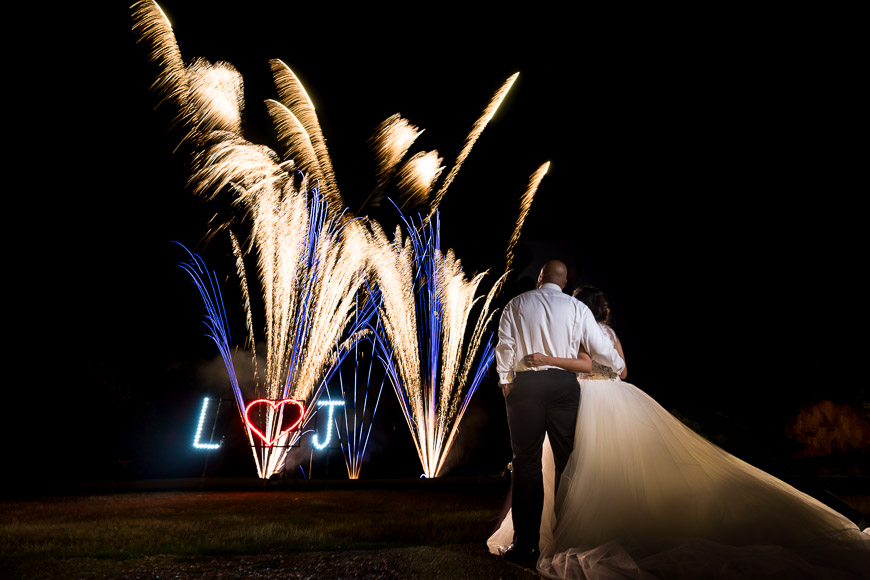
The first thing to do when learning how to take photos at a wedding reception is to familiarize yourself with the events and conditions you’ll be working with.
You’ll want to know what wedding reception events to expect, what time to expect them, and what lighting conditions you need to prepare for.
The most common main events at a wedding reception are a grand entrance, toasts, first dance, mother-son dance, father-daughter dance, cake cutting, bouquet toss, garter toss, and any other specialty dances such as the hora.
I always ask my couples what formal events they’re planning so I know what to expect, but then I always confirm with the wedding planner or DJ as well.
If you familiarize yourself with wedding receptions and the typical order of events, you can plan for what to expect in general.
From there, you’ll want to communicate with your bride and groom to get the specifics of their wedding events and what to prepare for.
2. Capture the Receptions Details
If the couple spent a lot of time and money on decorations, make sure to capture great shots of the details and table settings.
The bride might want these shots, but they are definitely important to the vendors who spent time perfecting everything as well. So, if you have the time, it can be a great way to build positive vendor relationships.
If you decide that it’s important to shoot the wedding reception details such as centerpieces and table settings, you’ll want to be efficient as possible so that you don’t miss anything else that’s going on.
If there’s a wedding planner, they’ll often set up the room and keep it empty during cocktail hour so that you can photograph it before the guests enter.
Communicate with them to find out when everything will be set up and when guests will be allowed in the room.
How Much Do You REALLY Know About Photography?! 🤔
Test your photography knowledge with this quick quiz!
See how much you really know about photography...

That way, you can plan to get a wide shot of the room before the scene is disturbed and then capture closeups of the details as guests walk in.
3. The Grand Entrance
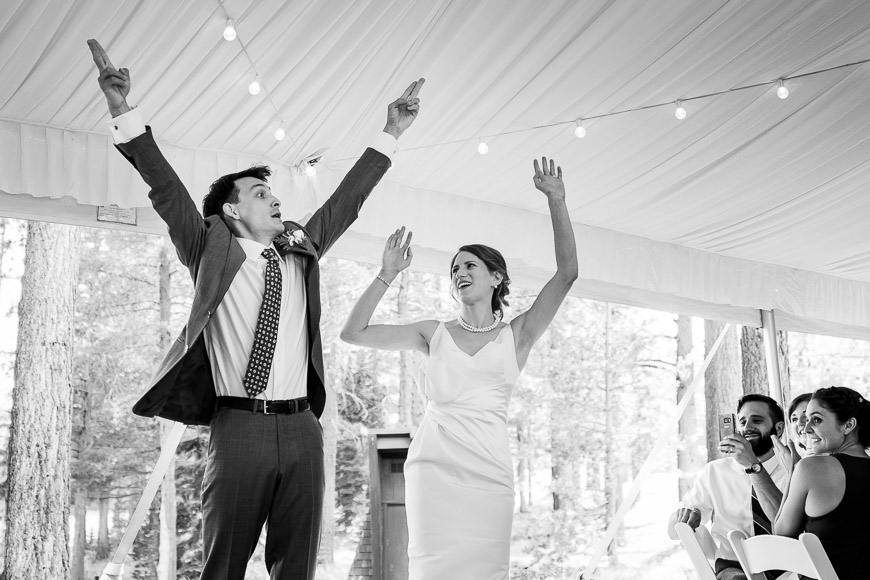
The wedding grand entrance is when the bridal party gets introduced into the reception hall to the cheering and delight of the wedding guests.
Often the bridal party will enter through a door and make their way to the head table or the dance floor, sometimes weaving their way through the guests.
The bride and groom will be introduced last, and all of the guests usually stand and cheer, so it’s important to make sure you’re prepared for people to potentially block your angle.
To prepare for these shots, find out where the bridal party will be doing the grand entrance and where they’re going as they enter the room.
Evaluate the lighting conditions and determine if you need to add light to make the shots more interesting.
Then, be aware of how you might have to shift your composition if all the guests stand up when the bride and groom walk in.
Keep shooting through the moment because you never know when someone will do something silly or fun.
Sometimes it can be fun to light the grand entrance to add more contrast, but that will take some planning in advance.
4. Wedding Toasts
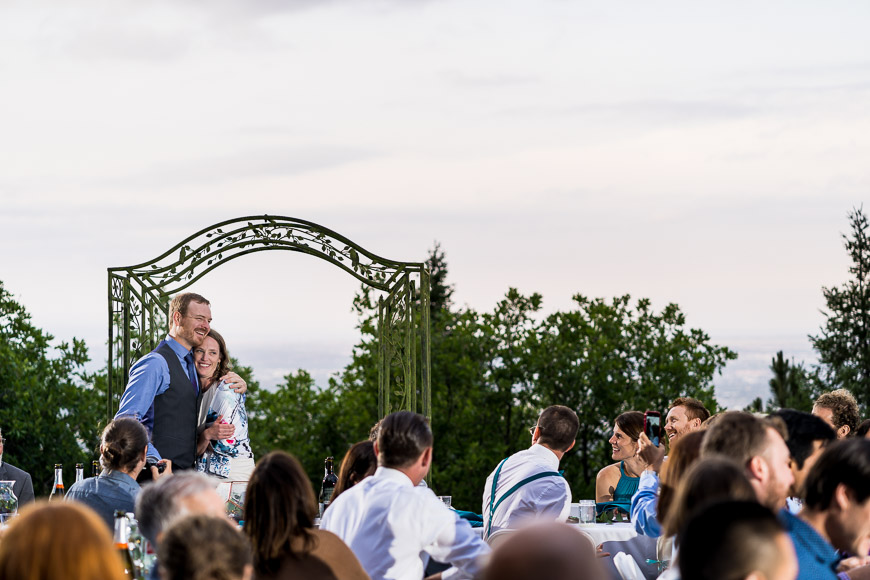
Wedding toasts take place near the end of dinner and are an opportunity for the bridal party and family to talk about the bride and groom.
Often speeches will be made by the parents of the bride as well as the best man and maid of honor.
You’ll want to check in with the DJ about the microphone setup, which may or may not dictate where the toasts will be done from.
Sometimes speeches will happen from near the head table, so you can plan your lighting and framing accordingly in order to try to get a nice shot of the speaker as well as the reaction of the couple.
Sometimes there’s a wireless microphone and people do speeches from their tables which forces you to be more flexible and adaptable with your lighting setup.
The good news is that you don’t need hundreds of photos of each speaker. Try to get one nice quality shot where the speaker looks good.
From there, you can try to get more creative and work the scene.
5. Dances
First dances are often an important part of the reception.
This includes the bride and groom’s first dance as well as the mother-son and father-daughter dances.
You’ll want to have your lighting set up dialed before dinner ends. Often things flow right from speeches into dances, so you need to be ready.
Again, you don’t need hundreds of shots of each dance, but I always try to get one nice wider shot and a nice emotional close-up.
When you know you’ve got something solid, you can get more creative and try to compose something more dramatic.
Sometimes you’ll want a clean backdrop to isolate the dancers, and sometimes you’ll want the guests in the background to show their participation.
- Related: 15 Tips for Photographing Events
6. Cake and Other Events

Wedding reception photography is all about capturing the action.
Your couple might be cutting a cake or throwing a bouquet. Any events that are happening are great moments for you to snap away at.
The challenging thing is that sometimes these events happen back to back.
For example, you have to move your lights or adjust your lighting between speeches and cake.
Plan ahead for your lighting as well as potential compositions that you find interesting for the various events. That way, you can move seamlessly between them.
7. Other Things to Photograph
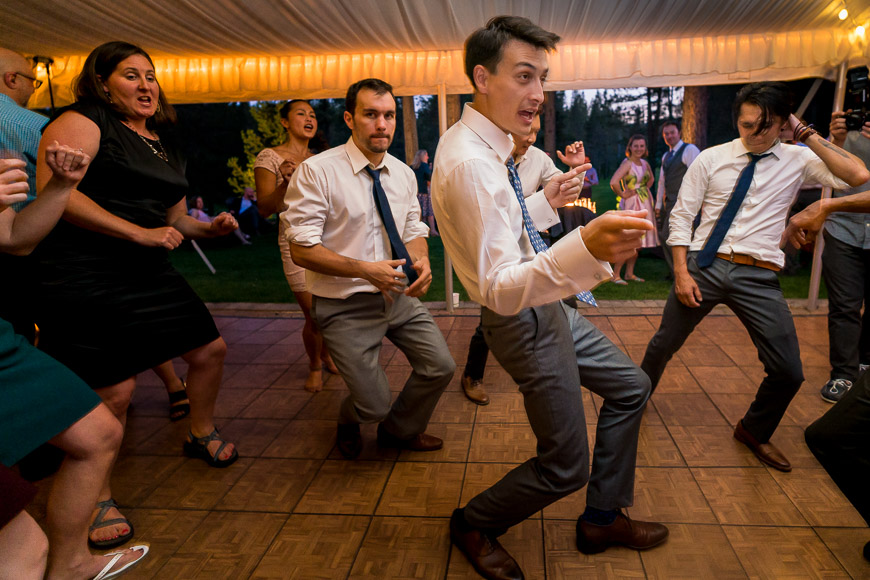
Beyond the formal events, you can use your time to capture the vibe of the wedding and whatever else might be important to your specific bride.
If your couple is all about their friends, make sure to capture the shenanigans of their crew.
Usually, photographers will capture a lot of dance party photos and try to show some of the joy and celebration.
There are also other things going on, such as people hanging out at the bar or talking around a fire pit.
You might roam the room and try to capture the various groups of people in the lives of your bride and groom.
Beyond that, I end up trying to be where the bride and groom are so I can tell their story.
Find out if your couple has a grand exit planned and what the expectations are.
You may need to plan ahead to capture sparklers, bubbles, or anything else they have planned.
8. Sunset and Evening Portraits
I often sneak my couples away during the reception for quick sunset, blue hour, nighttime, or other creative portraits.
If there’s something interesting about the venue, you can use it to create a dramatic portrait of your bride and groom.
Plan out your shot, then grab your couple really quick.
If you’ve established trust with the bride and groom, they often won’t mind stepping away for a few minutes to look into each other’s eyes while you create something special for them.
While it’s a little extra work to set up an evening portrait, it’s a fun and creative thing to do.
Additionally, prioritizing time for shooting the sunset or other dramatic evening compositions almost always pays off with high-quality work that your bride will love.
9. Wedding Reception Lighting

If you plan to photograph a wedding, you’ll need to learn reception lighting techniques that work for various conditions.
There are a lot of different tools and techniques out there and they each serve their purpose.
Most wedding photographers will utilize Speedlites and/or mini strobes in their wedding reception photography.
You might use a Speedlite mounted on your camera for bounce flash techniques or strobes on light stands for an off-camera flash technique.
If you’re using an off-camera flash, you’ll need a remote trigger to communicate between the camera and your flashes.
Some photographers use a 1-flash set-up while others use 2, 3, or 4 flashes to create their desired effects.
From there, you might choose to use gels or diffusers as well.
When deciding how to light different events, you’ll want to identify your goals.
Is your aim to make more contrast and sharper images? Can you incorporate ambient light to show the mood of the evening?
I’ll dive deeper into flash techniques in another post, but the point is that you need to determine your plan for when the lights get turned down.
10. Camera Settings for Wedding Reception Photography
Wedding reception camera settings can be tricky because of the low light conditions.
Use a low-number aperture lens so that you can set the shutter speed as fast as possible while using a reasonable ISO.
If your shutter speed is too slow, you’ll get motion blur; if your ISO is too high, your images will be grainy.
Learn lighting techniques to help add light and increase your control of the situation. This will make your work stronger.
Because of the challenging and variable light conditions of a wedding day, it’s best to shoot a wedding in Manual Mode, giving you full control of your camera settings.
Summary of Wedding Reception Photography Tips and Techniques
Hopefully, these wedding reception photography tips will give you more confidence for the wedding day.
This part of the wedding day can be the most fun or the most challenging part of the wedding day, depending on how prepared you are.
After reading these tips, maybe you learned that you need to dive deeper into one of the topics.
Perhaps you need to learn more about camera settings or how to use flash.
Build your skills by starting with the easier tasks in the first few tips and then working your way towards more complex skills as described in the later tips.
How to Take Photos of Wedding Reception FAQs
How do you use flash at a wedding reception?
Your use of flash at a wedding reception will depend on your choice of setup.
Some photographers use an on-camera flash as a bounce flash, while others use 1, 2, 3, or 4-light off-camera flash setups.
Do photographers usually stay for the whole reception?
Some photographers stay for the whole reception while others leave after they’ve captured all of the main reception events.
The main reason a photographer would need to stay to the end is if the couple is planning a special exit at the end of the night.
How do I get sharp reception photos?
In order to get sharp reception photos, it helps to have a fast-focusing camera and sharp lens.
Additionally, you should make sure to use a high enough shutter speed and a low enough ISO.
Using a flash is also a great way to freeze motion and create contrast which will help your photos appear sharp.
How do you take pictures with all the wedding guests?
If your couple wants a picture with all the wedding guests, I suggest doing it right after the ceremony or during the reception.
Sometimes a DJ will use a group photo as a way to get everyone on the dance floor.
You can stand on a chair or balcony to get a higher angle so that you can get everyone in the shot.

Check out these 8 essential tools to help you succeed as a professional photographer.
Includes limited-time discounts.







